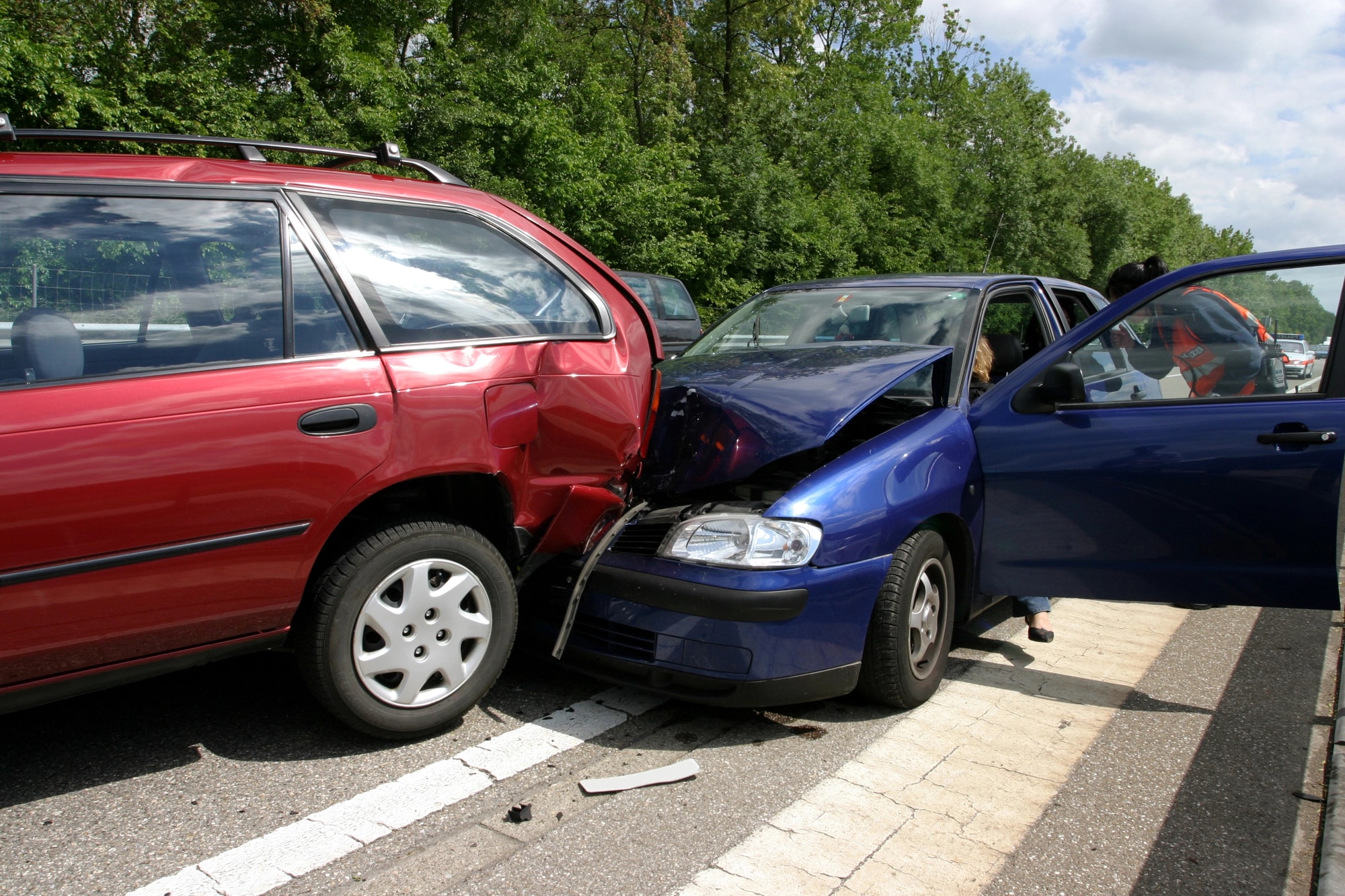How Is Liability Determined in Accidents Involving a Commercial Vehicle?
Determining liability in any accident involving vehicles and drivers can be complex, especially if more than two vehicles are involved. But suppose one of the vehicles in the accident is a commercial vehicle. In that case, it’s even more complicated to determine who’s liable and who’s responsible for damages if the commercial driver was mostly or totally at fault.
It’s more complex because there may be other entities liable besides the driver. Here are some potential sources of fault and how they may be identified.
- The driver. This is usually the first source examined for fault. They may have exhibited any number of risky driving behaviors, including driving while fatigued or distracted, under the influence of drugs or alcohol (DUI), speeding, or breaking other driving laws or recommendations. When police arrive at the scene, they’ll talk to the driver and note any potential issues. Eyewitnesses, photos, or footage from nearby security cameras may also reveal issues with the driver.
- The company. The business that owned the commercial vehicle and hired the driver to use it may be at fault. There are numerous ways they could have been negligent, including poor hiring and training practices, lack of or improper maintenance on the vehicle, or policies that force drivers into situations where they may be fatigued or using appropriate caution.
- Cargo loaders. If the vehicle was a truck or semi, there may have been a third-party cargo loader involved. Loading cargo is an intricate process that can cause considerable damage if not done properly, especially if cargo shifts and causes the driver to lose control.
- Manufacturer defects. Sometimes the fault goes all the way back to the vehicle’s manufacturer or the manufacturer of various parts. There may be defects that lead to crashes. In those cases, whatever manufacturer was involved in the defective part(s) could be liable.
It’s also possible that more than one of these factors may be involved in the accident. The complexity of unraveling fault can be highly technical and require various types of expertise. That’s one reason it’s highly advisable to work with an experienced commercial vehicle accident attorney who knows what to look for and when it’s time to bring in outside experts.
What Is the Statute of Limitations for Filing for Damages in Personal Injury Cases in Indiana?
A statute of limitations is the legal deadline by which someone who wants to file claims or lawsuits for personal injuries must do so. In general, Indiana requires two years from the date of the accident. If the claims or lawsuits aren’t filed by then, it’s diffic,ult if noentirelyly imposs,ible to pursue them after that. The majority of the time, the court will dismiss the case because it wasn’t filed on time.
However, there are some exceptions to that.
If someone dies as a result of the accident, it may become a wrongful death case. The statute of limitations is still two years, but the timing begins with the date of the death, not the accident, in case the death occurred after the accident.
Children 6 and under have until they turn 8 to file claims.
It’s more complicated if a governmental entity (such as a state vehicle causing the accident was involved in the accident). In that case, a tort claim must be filed with the government agency within 180 days of the accident. So rather than two years, the victim has six months.
What Is Indiana’s Comparative Negligence Law, and How Does it Affect My Case?
In many accidents, more than one driver is at fault. For example, suppose someone driving under the influence of alcohol or drugs hits a driver who was texting while driving (violating Indiana’s hands-free law). In that case, both have some fault for the accident. Comparative negligence laws determine how liability will be assessed and what the injured victim may be entitled to. In the U.S., there are three types of comparative negligence laws.
- Contributory negligence: If the victim is even 1% at fault, they’re ineligible to file for damages.
- Pure comparative negligence: If the victim is even 99% at fault, they can still receive 1% of any damages awarded.
- Modified comparative negligence: If the victim is found half at fault (the exact percentage varies by state), they’re ineligible to file for damages.
Indiana is a modified comparative negligence state, and the cutoff percentage is 51%. That means if the victim is found 51% or greater at fault, they won’t receive damages. If they’re under 51% at fault, they’ll receive damages less the percentage of fault. If they’re found 30% at fault and awarded $10,000, they’ll receive $7,000 instead. This is another reason working with an experienced accident attorney is vital.
What Should I Do if I’m Injured in an Accident with a Commercial Vehicle?
Call Wade Injury Lawyers as soon as possible at 765-563-4644 to schedule a free consultation. These complex, nuanced cases could benefit from working with an experienced commercial vehicle personal injury attorney. Our team of knowledgeable attorneys can review the specifics of your case and help you determine the right approach to achieve the best possible outcomes.
Something not to do: Communicate with the commercial company’s attorneys or insurance representatives. They’ll either try to get you to take blame for the accident so they don’t have to pay damages, or they’ll a settlement that’s much less than you might otherwise get. Don’t respond to inquiries; forward them to your attorney.




